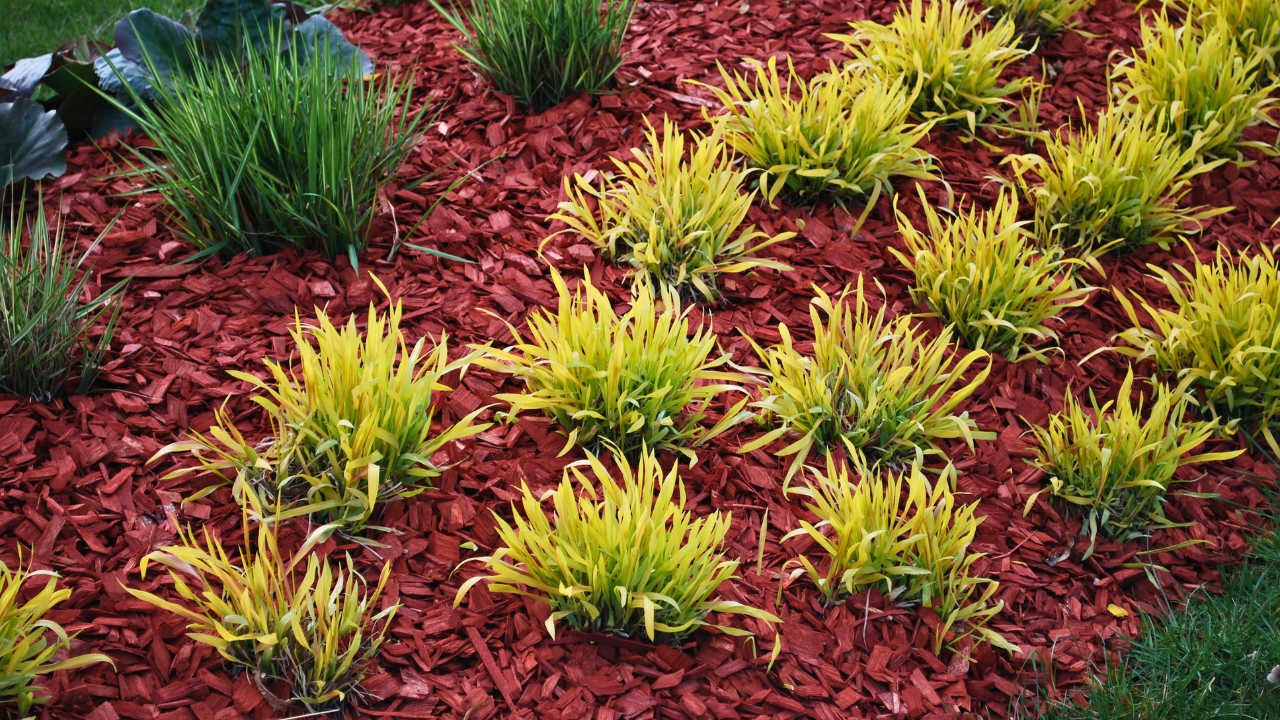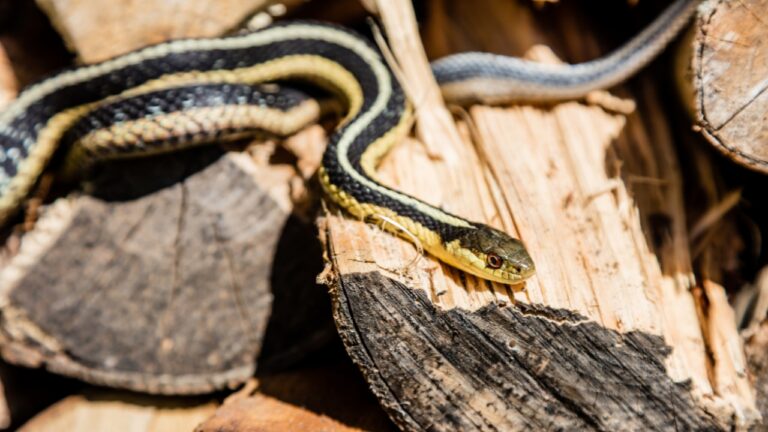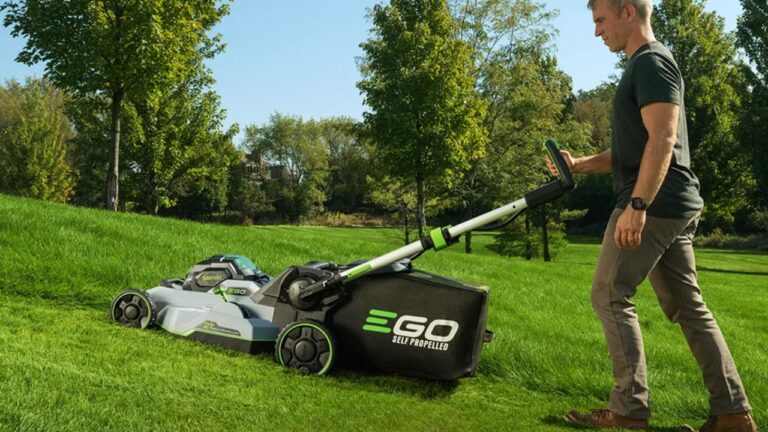10 Landscaping Trends You’ll Be Embarrassed You Followed
Some landscaping trends take off fast—and fizzle out just as quickly. They look great in an edited photo or a builder’s showroom, but they’re not doing your yard any favors in real life.
Whether they’re hard to maintain, dated already, or flat-out annoying to live with, these trends have lost their shine. If you’ve got one hanging around your yard, it might be time to rethink it.
Bright Colored Mulch

Dyed mulch—especially red or black—might seem like a shortcut to a polished yard, but it often looks harsh against natural plants. Worse, the color fades fast and can even leach dye into the soil.
If you want your garden beds to look clean, go with undyed mulch or pine bark. It looks more natural, breaks down safely, and you won’t be embarrassed when the color starts turning weird after a few weeks.
Tiny Patchy Sod Squares

Trying to patch your lawn with little squares of sod rarely works out. They dry out, don’t root evenly, and usually make your yard look worse before it ever gets better.
If your lawn needs help, focus on soil quality and seeding the right grass for your region. Tossing down patchy sod is more of a band-aid than a real fix—and it’s one you’ll end up regretting fast.
Overdone Edging
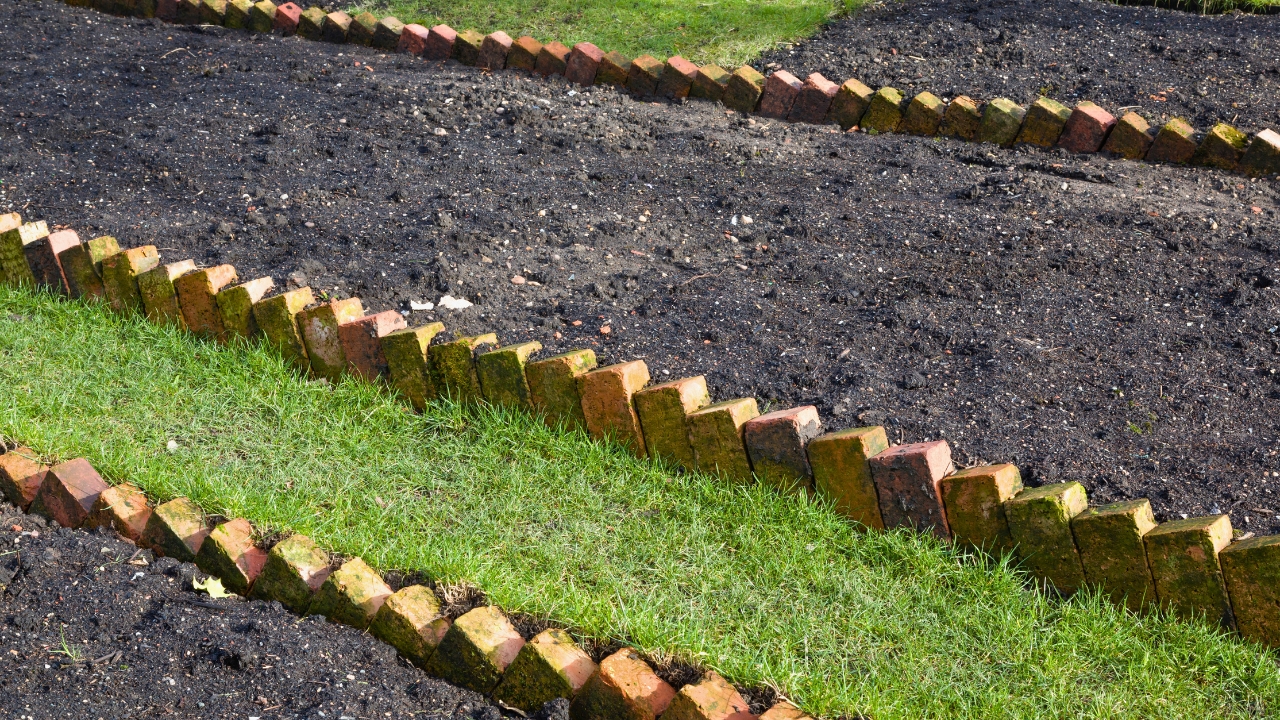
There was a time when dramatic edging—brick, stone, metal, or even plastic—was the go-to look. But when every bed and border is boxed in, your yard starts to feel rigid and overdesigned.
Instead of over-edging everything, focus on clear lines and balance. Natural curves and thoughtful transitions are easier to maintain and look better long-term than plastic barriers that buckle and fade.
Fake Grass in High Heat Areas
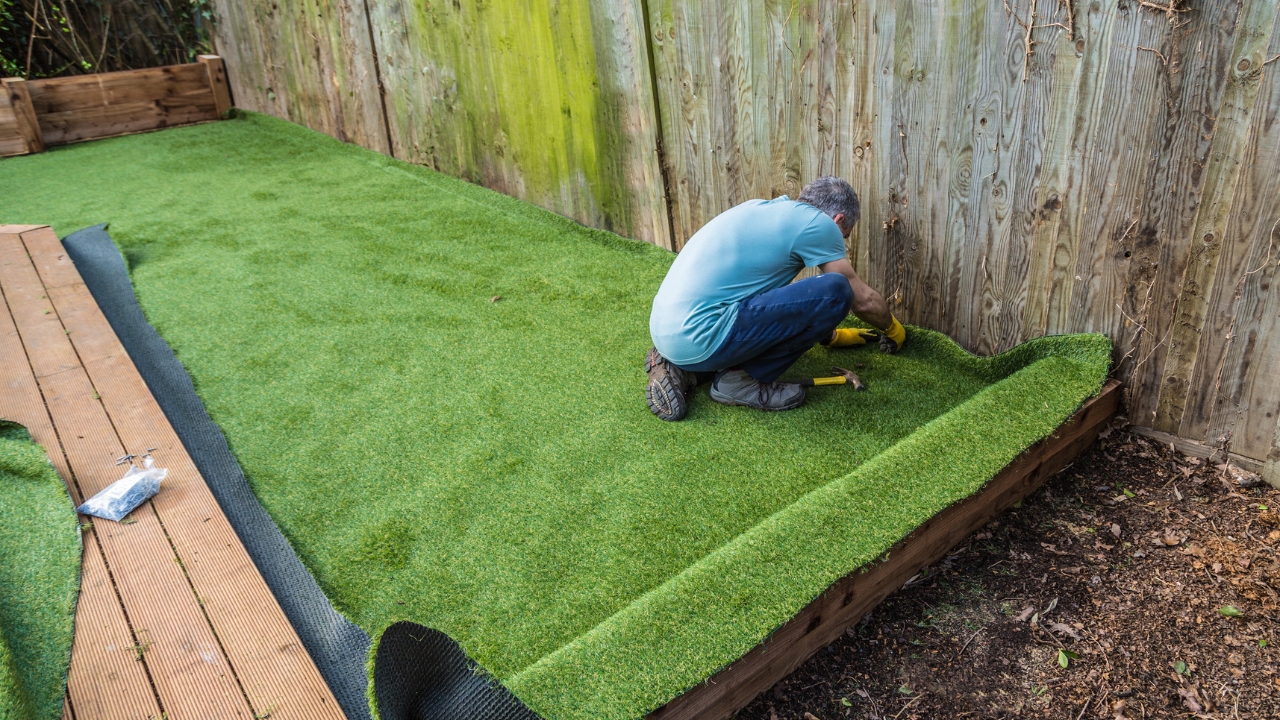
Synthetic turf might seem like an easy fix for a patchy lawn, but in hot climates, it turns your yard into an oven. It gets so hot you can’t even walk barefoot on it, and it doesn’t cool the space like real grass does.
It also tends to look fake up close, especially as it wears down. Unless it’s a small space where nothing else will grow, you’ll probably end up hating how it feels and looks over time.
Way Too Many Pavers

Pavers are useful—but some yards are overwhelmed by them. Filling every open area with patio blocks makes things feel cold and lifeless, especially if you’re not adding greenery to break it up.
If you’ve got more hardscape than landscape, it’s time to rethink the balance. Add planters, soften the space with grass or low-maintenance ground cover, and let your yard feel like a yard again.
Palm Trees in the Wrong Climate

Palm trees might give off “vacation” energy, but if they’re not meant for your region, they end up looking out of place—or worse, dying off after a harsh winter.
It’s easy to get sucked in at the garden center, but if you’re not in a truly warm coastal zone, palms are more work than they’re worth. Go with native plants that actually thrive where you live. They’ll look better and last longer.
Giant Empty Mulch Beds

Massive mulch beds with hardly anything planted in them make your yard look unfinished. And when weeds start sneaking in, they stand out even more.
Instead of relying on empty mulch to fill space, plant low-maintenance shrubs or perennials that actually cover ground. Your yard will feel more alive and far less like a builder forgot to come back and finish the job.
Crushed Shells or Glass Landscaping
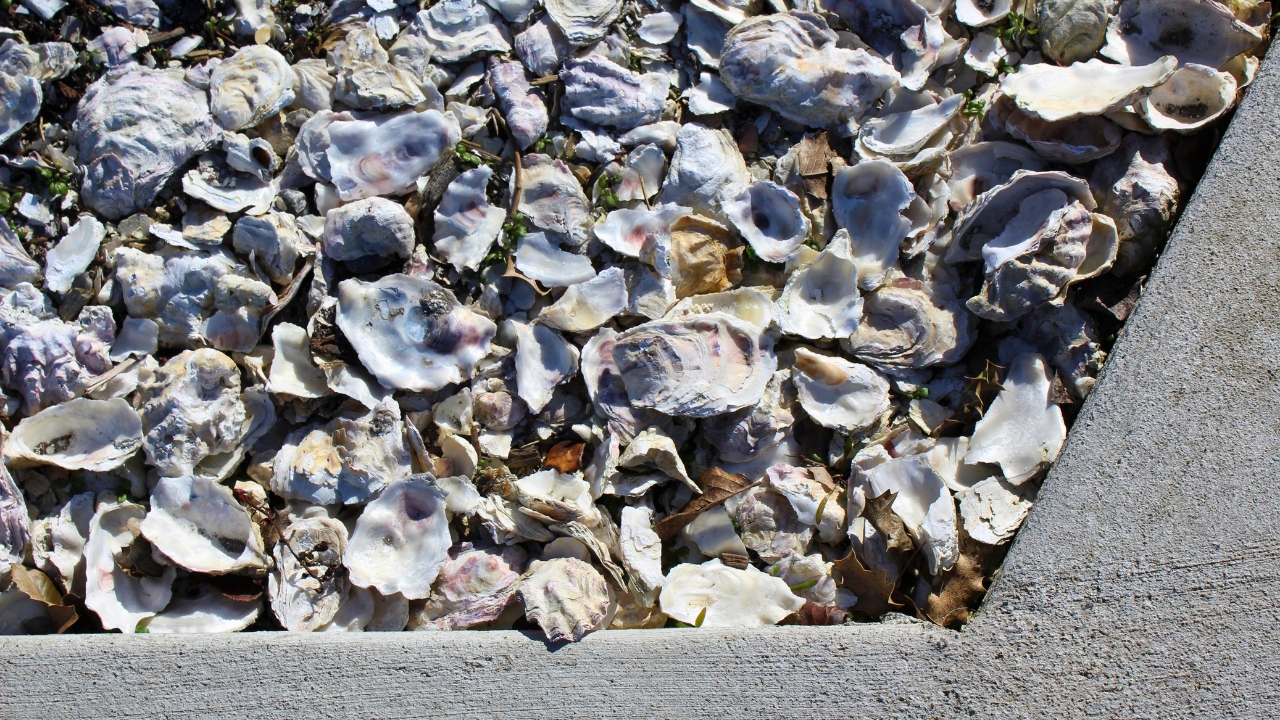
Crushed shells and recycled glass might look cool for five minutes, but they’re terrible to walk on and a pain to maintain. They also don’t age well—shells start to stink and glass gets buried or scattered.
If you want a standout feature, use those materials sparingly and only where they actually make sense. Trying to make them the star of the yard usually backfires fast.
Fake Planters That Fade and Crack
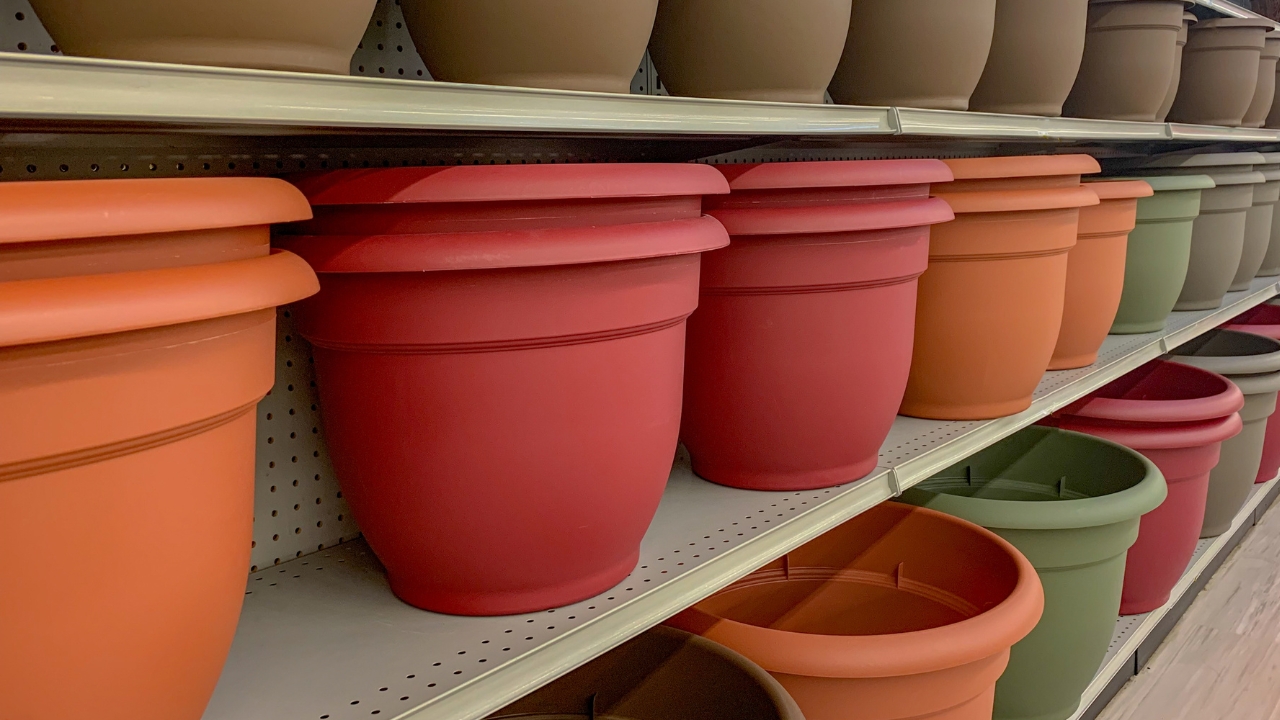
Cheap plastic planters might look fine at first, but most don’t last more than a season or two. They fade, crack, and make the entire space feel like an afterthought.
If you’re going to use containers, choose ones that can hold up to the weather in your area. Concrete,
*This article was developed with AI-powered tools and has been carefully reviewed by our editors.

